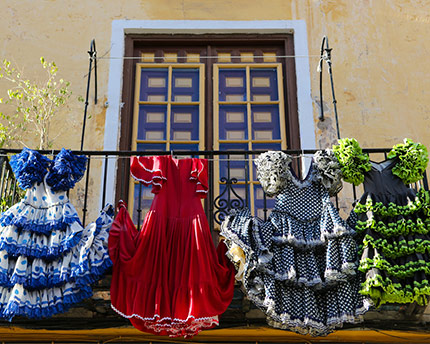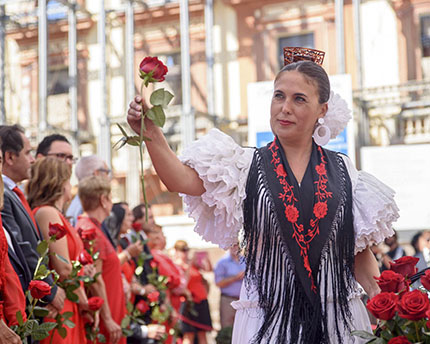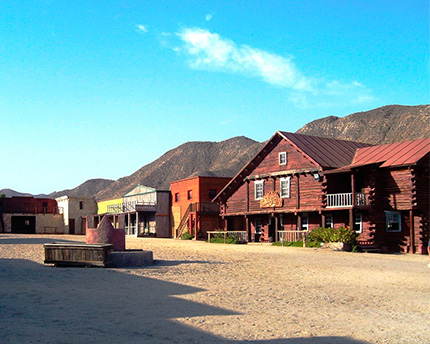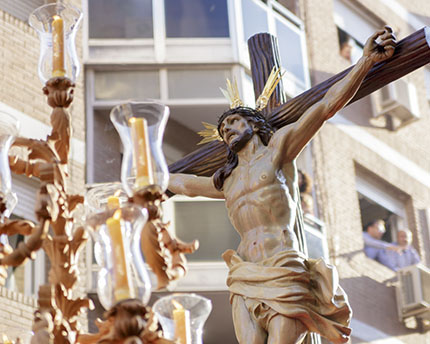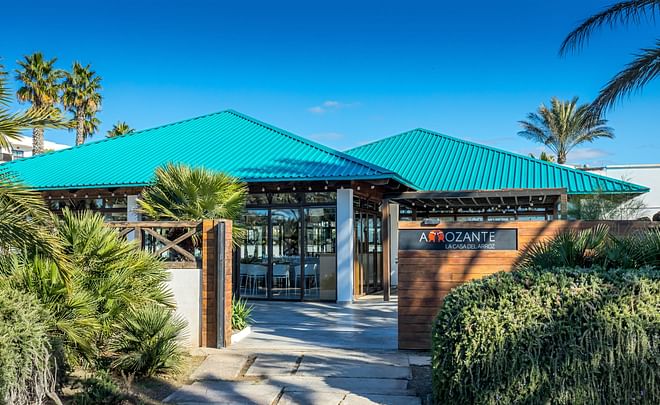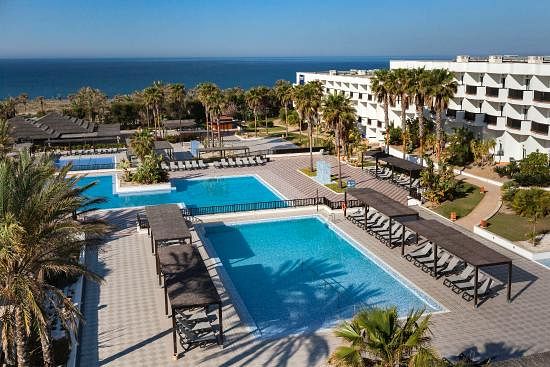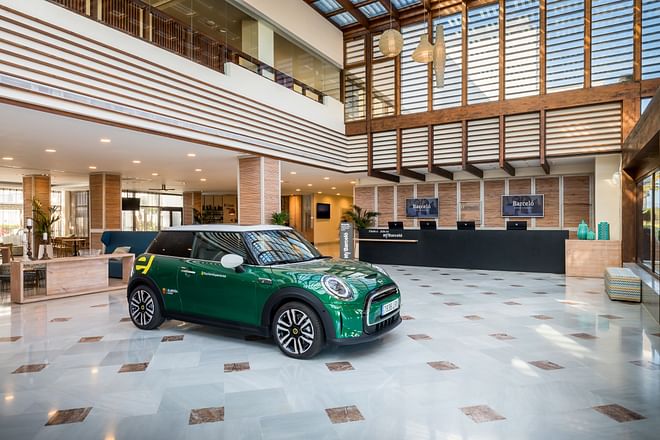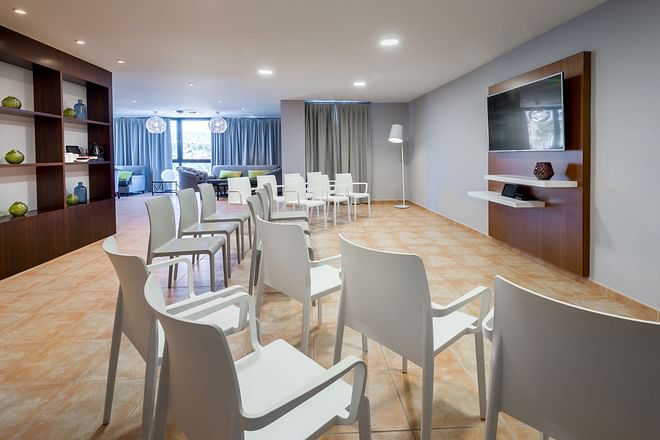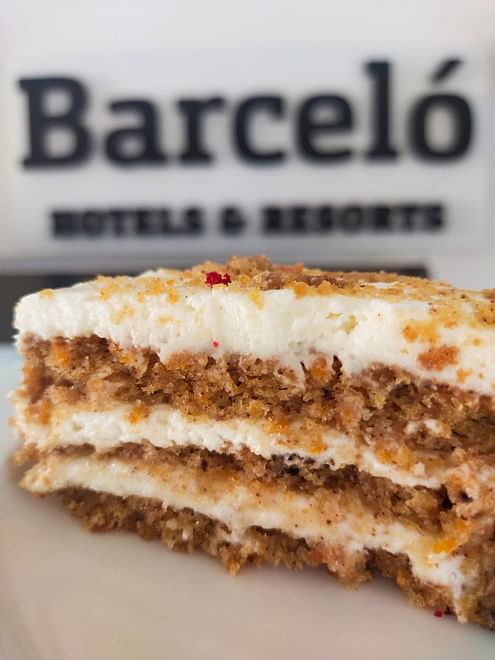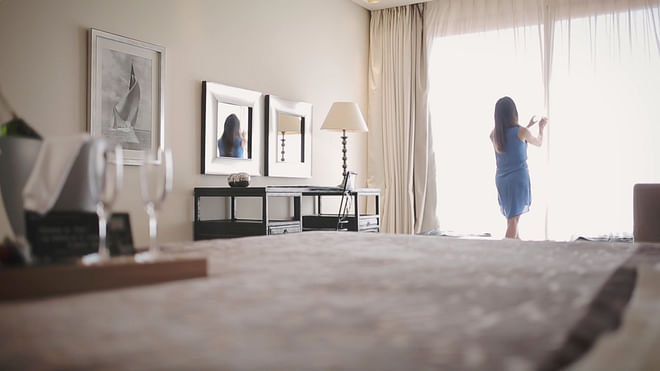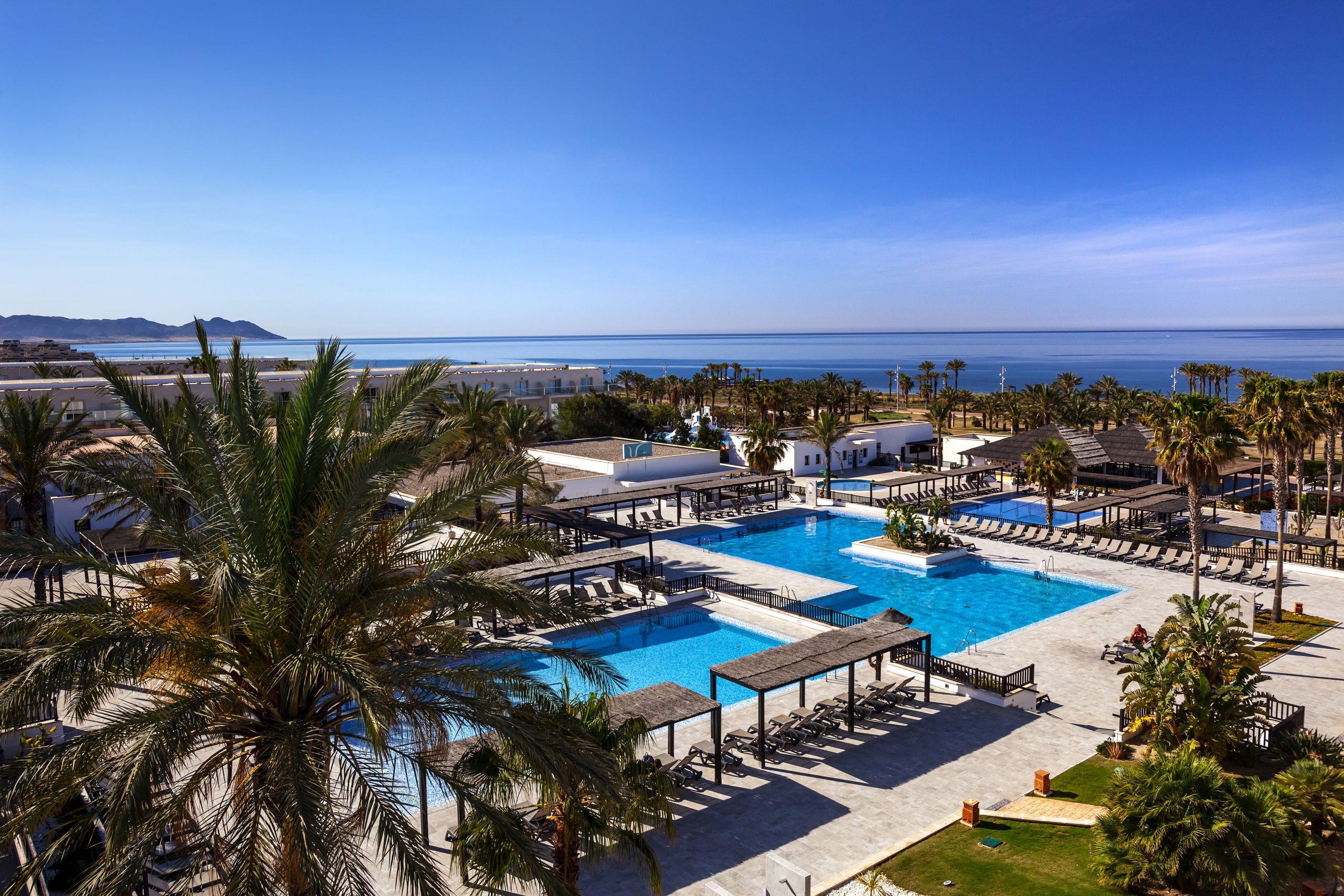The soul or duende of Flamenco music inhabits every corner of Andalusia. Almería has played a crucial role in the development of the various styles of Flamenco. Together, they form part of the cultural heritage of an art form which uses dance, song and guitar music to convey the depths of the soul.
From its origins in mines and singing cafes in the early 20th century through to the present day, Flamenco is very much part of the fabric of Almería. The ‘Yo, Flamenco’ Festival of Flamenco and Dance in Almería has celebrated this passionate form of cultural expression on 53 occasions.
Want to know where to find Flamenco in Almería? Read on!
Discover Flamenco in Almería
Andalusia – land of bandits, bullfighters and gypsies – has always been exotic and fascinating to those from beyond its borders. In the mid-19th century, during the Romantic era, all of Europe was spellbound by Andalusia’s most passionate form of artistic expression: Flamenco.
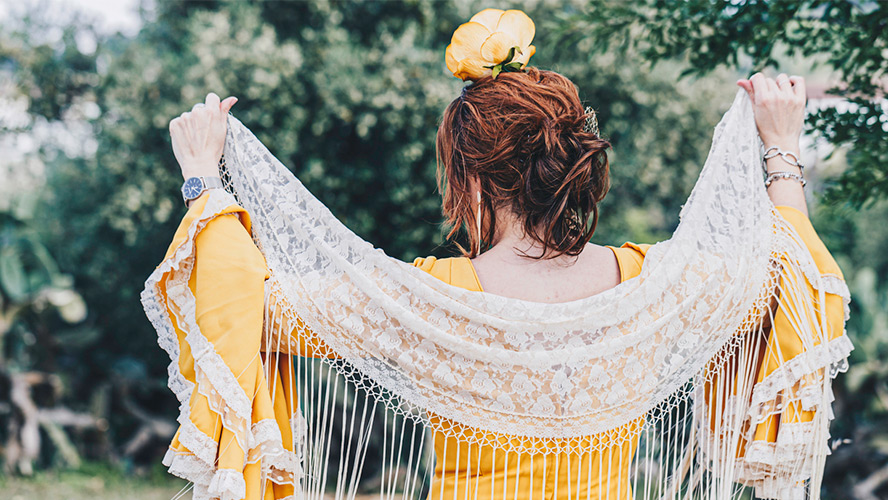
Almería shares La Alpujarra with Granada and borders the province of Málaga, both of which are important regions for Flamenco. It has played an important part in the development of certain styles or palos of Flamenco, though for a long time wasn’t recognised as such. Fandango de Almería, taranta and taranto, petenera de Almería and other styles of song all originated in the folk song and dance of the miners and grape harvesters of the province.
However, it was the proliferation of singing cafes in Almería in the early 20th century that really helped shape the genre. These were the predecessors to tablaos or Flamenco venues. For the price of a cup of coffee, one could enjoy a performance by local singers, some of whom would go on to become great names on the Flamenco scene. Places like Café Santo Domingo and Café Lión D’Or popularised Flamenco beyond the domestic environment.
Almería Guitar Museum
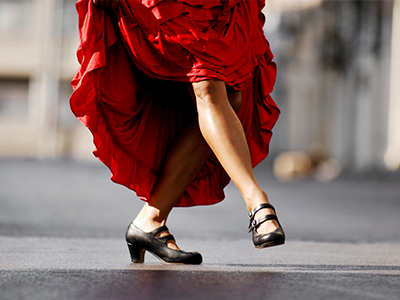
Few people realise that the classical flamenco guitar we know today is 100% Almerian in origin. During the 19th century, Antonio de Torres – native of Almería and maker of stringed instruments – added harmonic bars to the body of the guitar, changing its sound forever. This was such a revolutionary development that he became known as ‘the father of the guitar’.
The Antonio de Torres Spanish Guitar Museum was opened in his honour and is an interesting opportunity to find out how this instrument has influenced the art of Flamenco throughout the years. You’ll also learn about the techniques, materials and tools involved in manufacturing this type of guitar, and you’ll discover the most famous guitarists, the history of the instrument and much more. The best part is the interactive area where you can play around with the different guitars and sounds. If you’re visiting Almería with kids, the museum is a fun yet educational opportunity to learn about one of the most exported Spanish instruments as a family.
Flamenco and Dance Festival
The ‘Yo, Flamenco’ Festival of Flamenco and Dance has 53 editions under its belt. For five nights in July, the biggest names in this art form descend upon Almería and turn it into the Flamenco capital. The bullring, Alcazaba and Fernando Padilla Auditorium pull out all the stops to welcome such great artists as José Mercé, Estrella Morente, El Pele, Joaquín Amador, Tomatito and Chick Corea.
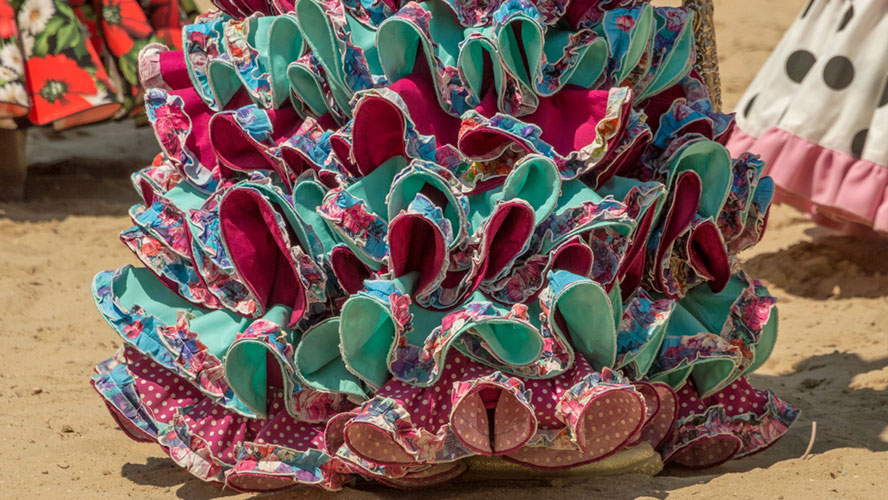
The festival is deliberately held during summer and attracts Flamenco aficionados and tourists alike. The performances never fail to move all those lucky enough to be there. During the festival the entire city puts on activities, courses and concerts to the rhythm of foot tapping, wild singing and the cries of the Spanish guitar.
Where to see Flamenco in Almería
From famous Flamenco clubs to the Guitar Museum, and from singing cafes to tablaos, here’s our guide to the best places for a real Flamenco experience in Almería.
-
Peña el Taranto
Peñas flamencas or Flamenco clubs are set up by a group of people who want to have a good time with friends while enjoying and supporting the art of Flamenco. Almería has several such peñas, though one of the oldest and most famous is El Taranto, founded in 1963. Housed within an ancient Arabic water reservoir, this is quite the place for a concert and some traditional tapas. Don’t leave without trying the choto al ajillo (kid goat with garlic), callos (tripe) and other typical dishes.
-
La Canastera
This small and cosy tablao attracts the biggest Flamenco artists from Almería, with performances on Thursday, Friday and Saturday evenings. If you’re looking for an intimate performance in a magical setting, this is the place for you.
-
Peña El Tintero
This venue has more than 200 members and is a good choice if you want to combine Flamenco and gastronomy. Try some traditional cuisine including potaje indio (a vegetable stew), dried fish, fideos con pintarroja (noodles with dogfish), snails and michirones (a stew of beans and meat). After dinner, the singing and dancing is kicked off by the manager, Sensi Falán, or anyone who feels like spontaneously channelling the art of Flamenco.
-
Fernando Padilla Auditorium
This large venue is a centrepiece of the ‘Yo, Flamenco’ festival but also puts on various shows throughout the year, not just Flamenco but opera, theatre, ballet and more. Consult the programme and don’t miss the chance to take in a show.





























































